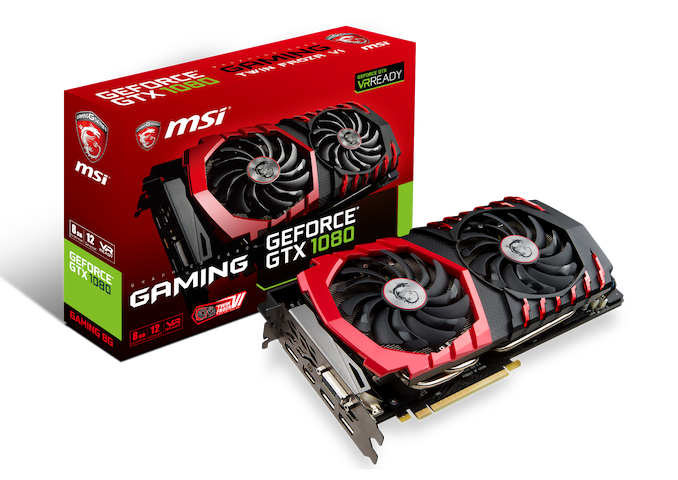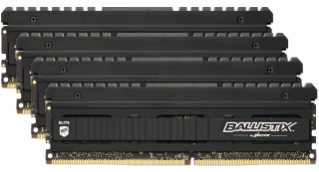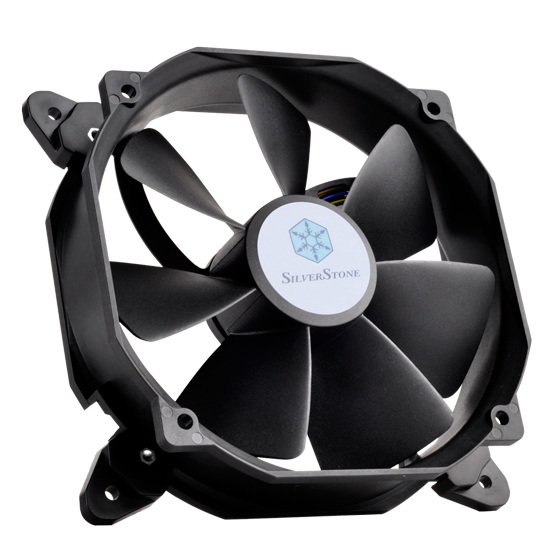The Intel Core i9-9980XE CPU Review: Refresh Until it Hertz
by Ian Cutress on November 13, 2018 9:00 AM ESTTest Bed and Setup
As per our processor testing policy, we take a premium category motherboard suitable for the socket, and equip the system with a suitable amount of memory running at the manufacturer's maximum supported frequency. This is also typically run at JEDEC subtimings where possible. It is noted that some users are not keen on this policy, stating that sometimes the maximum supported frequency is quite low, or faster memory is available at a similar price, or that the JEDEC speeds can be prohibitive for performance. While these comments make sense, ultimately very few users apply memory profiles (either XMP or other) as they require interaction with the BIOS, and most users will fall back on JEDEC supported speeds - this includes home users as well as industry who might want to shave off a cent or two from the cost or stay within the margins set by the manufacturer. Where possible, we will extend out testing to include faster memory modules either at the same time as the review or a later date.
| Test Setup | |||||
| Intel HEDT | i9-9980XE i9-7980XE i9-7960X i9-7940X i9-7920X |
ASRock X299 OC Formula |
P1.40 | TRUE Copper |
Crucial Ballistix 4x4GB DDR4-2666 |
| AMD TR4 | TR2 2970WX TR2 2920X |
ASUS ROG X399 Zenith |
1501 | Enermax Liqtech TR4 |
Corsair Vengeance RGB Pro 4x8GB DDR4-2933 |
| TR2 2990WX TR2 2950X |
ASUS ROG X399 Zenith |
0508 | Enermax Liqtech TR4 |
G.Skill FlareX 4x8GB DDR4-2933 |
|
| GPU | Sapphire RX 460 2GB (CPU Tests) MSI GTX 1080 Gaming 8G (Gaming Tests) |
||||
| PSU | Corsair AX860i Corsair AX1200i |
||||
| SSD | Crucial MX200 1TB | ||||
| OS | Windows 10 x64 RS3 1709 Spectre and Meltdown Patched |
||||
| VRM Supplimented with SST-FHP141-VF 173 CFM fans | |||||
Unfortunately due to travel back and forth to the US for AMD’s Horizon Event and Supercomputing 2018, I was unable to look into overclocking performance for this review. We will hopefully cover it in another article.
Many thanks to...
We must thank the following companies for kindly providing hardware for our multiple test beds. Some of this hardware is not in this test bed specifically, but is used in other testing.


















143 Comments
View All Comments
nadim.kahwaji - Tuesday, November 13, 2018 - link
Niceeee , keep up the great work Ian ‘:)AshlayW - Tuesday, November 13, 2018 - link
In my opinion the entire Intel HEDT lineup is a joke. And the 9980XE: $180 more for literally just a bit over *half* the cores and threads. Sure it has better lightly threaded performance but surely that's not the intention of this processor, and surely it is not worth charging this insane 'Intel Tax' premium for it.TEAMSWITCHER - Tuesday, November 13, 2018 - link
Intel is free to charge whatever they want for a device that I have zero intention of purchasing. Most professionals I know have stopped using desktop computers for their daily drivers. The Dell XPS 15 and Apple's 15" MacBook Pro seam to be the weapons of choice these days. These products surely have their uses, but in the real world, most users are happy to sacrifice absolute performance for mobility.imaheadcase - Tuesday, November 13, 2018 - link
Most be a strange world you live on. Mobile won't ever be anything close to a desktop for daily tasks. I don't know any professional who have did that. They use mobile devices mainly to view items they did on desktop, not for working.TEAMSWITCHER - Tuesday, November 13, 2018 - link
Really? I work in software development (WEB, C++, OpenGL, and yes our own ray tracing engine) We have one guy with a desktop, the rest of the developers use either an XPS 15, a MacBook Pro, and one guy with a Surface Book. All were given a choice...this was the result.Interesting story about how we got here... Windows used to be a requirement for developing browser plugins. But with the move to Web Assembly, we can now compile and test our plugin on the Mac just as easily as we do on Windows. While many fanboys will lament this change .. I personally love it!
Endda - Tuesday, November 13, 2018 - link
Yea, for code development only. Mobility has been the choice for that for years.Not everyone is a coder though. Some need these desktops for rendering big animations, videos, etc. You're simply not going to do that in any meaningful way on a laptop
PeachNCream - Tuesday, November 13, 2018 - link
Rendering and production work can indeed happen on laptop hardware. I don't argue that desktop hardware with fewer limits on TDP and storage aren't a faster way to accomplish the same tasks, but as Team noted, given a choice, a lot of people opt for mobility over raw compute power.nerd1 - Tuesday, November 13, 2018 - link
It's a big joke to use XPS or Macbook GPU to do anything intensive. It's good for remote code editing though (except macbooks with absolute terrible keyboard)TEAMSWITCHER - Tuesday, November 13, 2018 - link
Define "intensive." Our software does real-time (WebGL) and photo-realistic (ray-tracing) rendering. I suppose that a Path Tracing engine would be MORE intensive. But the goal of our software is to be as ubiquitous as possible. We support the iPad and some Android tablets.linuxgeex - Wednesday, November 14, 2018 - link
There's your answer: anything that runs on iPad and Android Tablets is not "intensive". I'll grant you that it's "intensive" compared to what we were doing on workstations a decade ago, and mobile is closing the gap... but a workstation today has 24-56 cores (not threads) at 5Ghz and dual NVidia 2080 GPUs. You can get a 12-core CPU and dual 1080 in the pinnacle gaming laptops but they don't have ECC or the certifications of a workstation. At best they have half to 2/3 the performance. If you're paying your engineers by the hour you don't want them sitting on their hands twice as long. But I can see how they might make that choice for themselves. You make an excellent point there, lol.